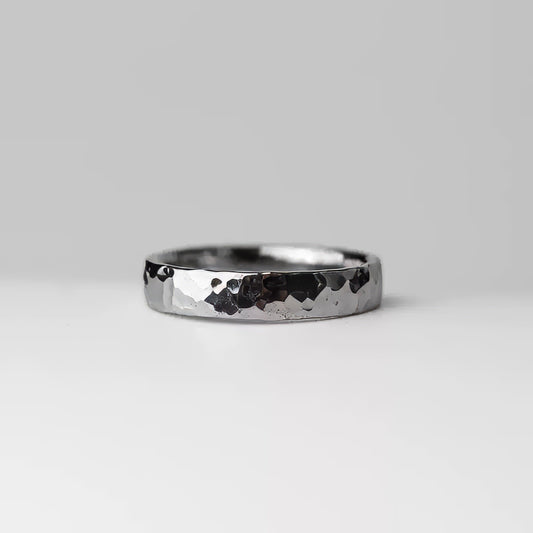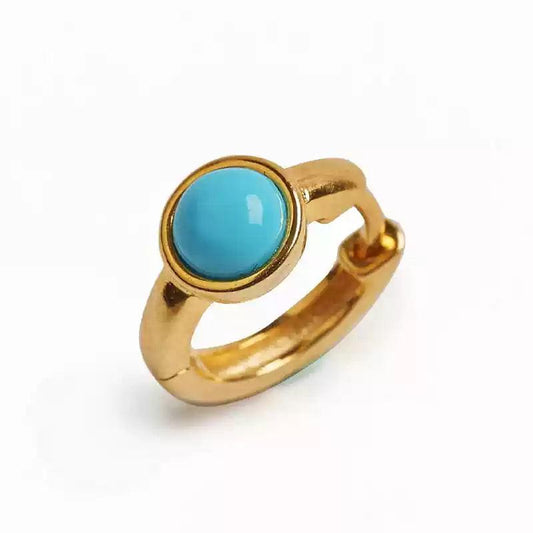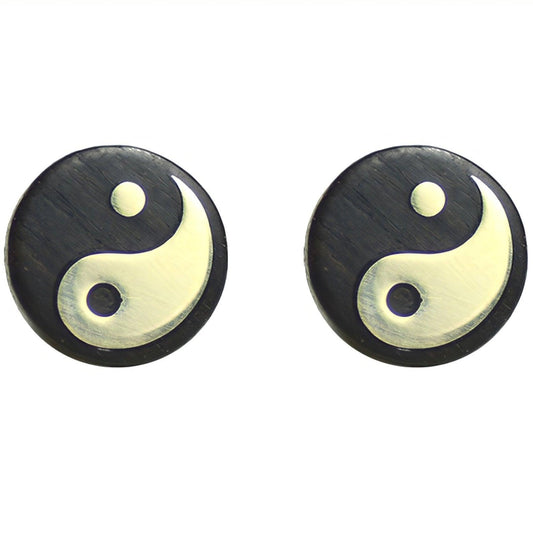Chameleons of the Gem World The Mesmerizing Art of Color-Change Gemstones
Chameleons of the Gem World The Mesmerizing Art of Color-Change Gemstones
When I first encountered a gemstone that changed color, it was as if I had stumbled upon a wonder of the natural world, akin to witnessing a rainbow emerge from a stormy sky. Alexandrite, with its bewildering ability to morph from green in daylight to a rich red under incandescent light, captivated me instantly. For a moment, I believed I was holding the universe in my hand, its hues shifting with a mere flick of the wrist.
Among the most fascinating of these gemstones, alexandrite takes the crown—not just for its brilliance but for its intriguing history. It was first unearthed in the Ural Mountains of Russia in the early 19th century, and its discovery coincided with the birthday of Tsar Alexander II. The dual color of green and red became symbolic of the Russian Imperial colors, enchanting the royal court and giving it a mystical allure steeped in imperial lore. But beyond its royal connections, there's something innately alluring about alexandrite's dual personality—it's a gemstone with a secret, whispering tales of transformation and mystery.
Yet, alexandrite is not alone in this magical realm. Among its companions is the lesser-known but equally enchanting color-change sapphire. I remember a jeweler friend showing me a sapphire that transformed from a steely blue to a velvety purple. Under the warm glow of candlelight at a dinner party, it looked like a new stone entirely, as if it had absorbed the ambiance and decided to wear a different outfit for the evening. Color-change sapphires invite a certain intimacy; they feel personal, as if responding to the mood of the room.
The science behind this color phenomenon is fascinating. It all comes down to how the gem’s crystal structure interacts with different wavelengths of light. Elements like chromium and vanadium can cause these striking changes, much like a painter mixing a new palette to evoke varied scenes. It's akin to the magic of a sunset where the sky shifts from blue to purple to orange—a daily, yet never mundane, spectacle.
For collectors and enthusiasts, these gemstones are more than just accessories; they are storytellers in stone, each with a distinctive narrative. I recall gifting a color-change garnet to a friend who later described it as her conversation starter at social events. "It's like having a party trick in your jewelry box," she said, delighting in the surprise and curiosity it sparked. Such stones blur the lines between the seen and the hidden, offering glimpses into the extraordinary that lies beneath the surface.
Beyond their aesthetic appeal, these gemstones seem to resonate with a deeper cultural symbolism, one that celebrates transformation and adaptability. In a world where change is the only constant, color-change gemstones could be seen as tangible reminders that beauty often lies in the most unexpected transformations.
If you're ever lucky enough to encounter one of these gems, take a moment to appreciate the dance of colors it offers. It's a small but profound reminder that magic can exist in the everyday, hidden in the interplay between light and stone. It's the sort of charm that makes you want to believe, just for a moment, in the myths and stories we're told as children—that the world is full of wonders, just waiting to be discovered.


















